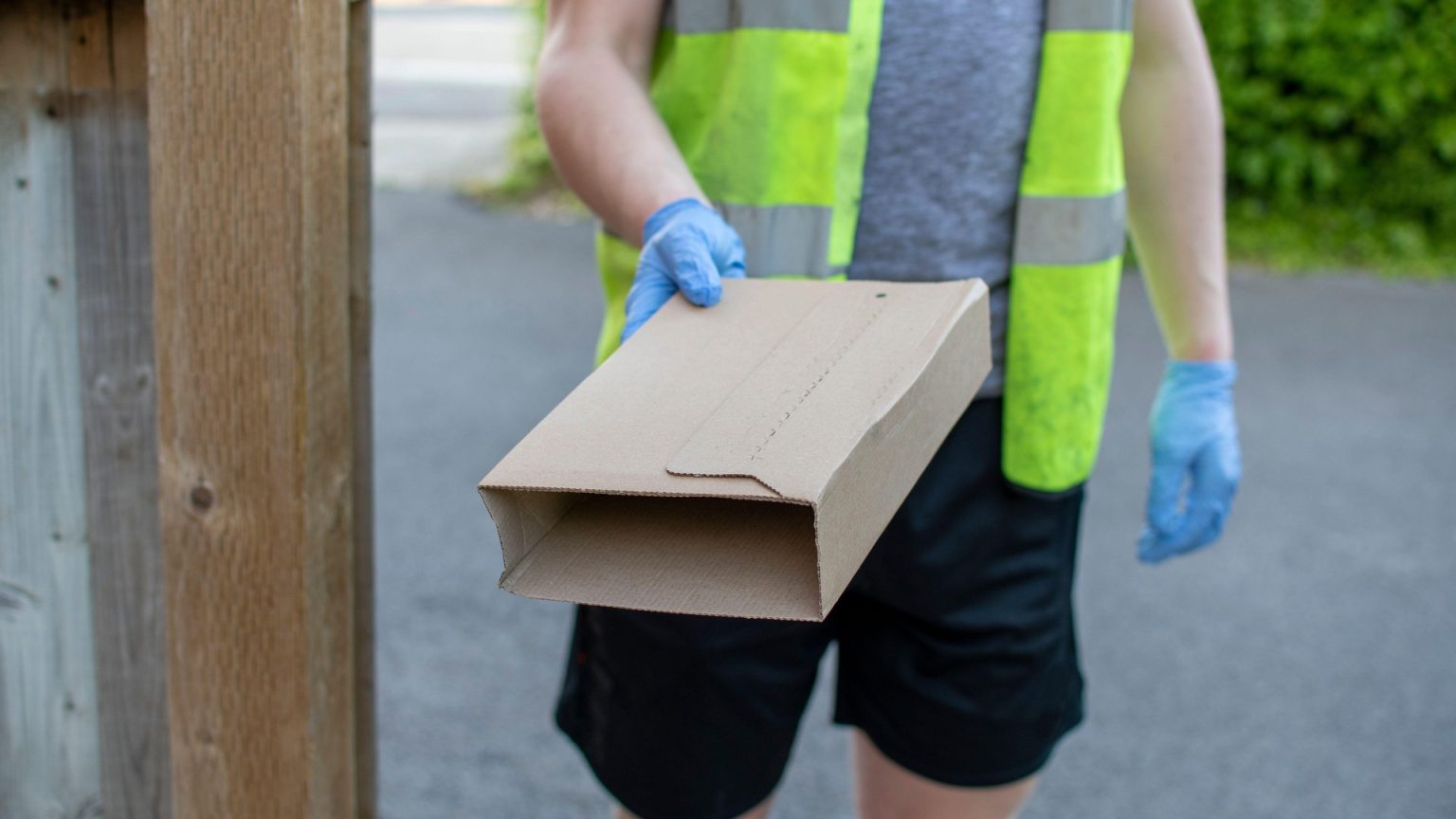The rise of online marketplaces like Vinted has revolutionized second-hand shopping, offering a convenient platform for buying and selling pre-owned items. However, the increasing reliance on third-party delivery services, particularly automated parcel lockers like InPost, has exposed a vulnerability in the system, leading to a surge in cases of missing, swapped, or stolen items. This issue has sparked widespread frustration among users, raising concerns about the security and reliability of these delivery methods.
Sara Mallon’s experience exemplifies the growing problem. Expecting a pair of vintage Louis Vuitton shoes purchased on Vinted, she was shocked to find a bundle of cheap Shein clothing inside the InPost locker. The seller, despite having a 5-star rating, insisted the correct item was shipped. The parcel, however, appeared tampered with, suggesting the shoes were stolen and replaced with filler items. Weeks later, both Sara and the seller were still awaiting refunds, highlighting the lengthy and often frustrating resolution process. Similarly, Joe Donzé purchased a Fujifilm camera only to receive a pink thong, a situation he described as embarrassing and indicative of a broader problem with InPost deliveries, particularly when used in conjunction with Vinted. He pointed out the prevalence of switched labels and the poor customer service experienced when attempting to rectify the issue.
These individual accounts are not isolated incidents. A Facebook group, “InPost Lost and Found Parcels,” boasts over 22,000 members, primarily Vinted users who have experienced similar issues with InPost deliveries. The group serves as a testament to the widespread nature of the problem, with users sharing stories of receiving wrong items, missing parcels, and protracted disputes with both Vinted and InPost. Jamie Herron recounts selling collectible Funko Pops that vanished after being placed in a supposedly jammed locker. Finn Abraham received ladies’ Nike trainers instead of the Joules baby outfit he ordered, suggesting a mix-up within the InPost system. These anecdotes paint a picture of systemic failures within the delivery process, leading to frustration and financial losses for both buyers and sellers.
The author’s personal experience further corroborates these claims. Having used InPost lockers for Vinted sales, they initially appreciated the convenience of 24/7 access. However, after multiple buyers reported not receiving their purchases, the author discovered the widespread issues documented in the Facebook group. This personal encounter underscores the pervasiveness of the problem and highlights the vulnerability of users to these delivery mishaps. The author notes the numerous complaints on various online platforms, including Vinted, MoneySavingExpert, and Mumsnet, further solidifying the widespread nature of the issue.
One key factor contributing to these problems appears to be InPost’s practice of allowing sellers to leave unaddressed parcels in lockers, relying on couriers to attach labels later. This system, according to a logistics expert, increases the risk of mismatched labels, leading to misdelivered parcels. While InPost’s system relies on correct codes for each parcel, the potential for human error during the labeling process introduces a significant vulnerability. This, coupled with the possibility of deliberate theft, as suggested by the tampered parcels, creates a precarious situation for users relying on the service. The difficulty and lengthy process of resolving these issues with both Vinted and InPost further exacerbates the problem, leaving users feeling frustrated and unsupported.
The emotional impact of these delivery failures is particularly poignant in cases involving sentimental items. Caroline Jones, who sold her wedding dress on Vinted, and the buyer, Anna, were both devastated when the dress went missing after being shipped via InPost. While Vinted eventually refunded both parties, the emotional loss remained. This case highlights the limitations of financial compensation in situations where the lost item holds significant personal value. The recurring theme throughout these narratives is the sense of vulnerability and frustration experienced by users who have lost not only money but also time and, in some cases, irreplaceable items. The convenience promised by these automated locker systems is often overshadowed by the risk of mishaps, leaving users questioning the efficacy and security of these delivery methods.




